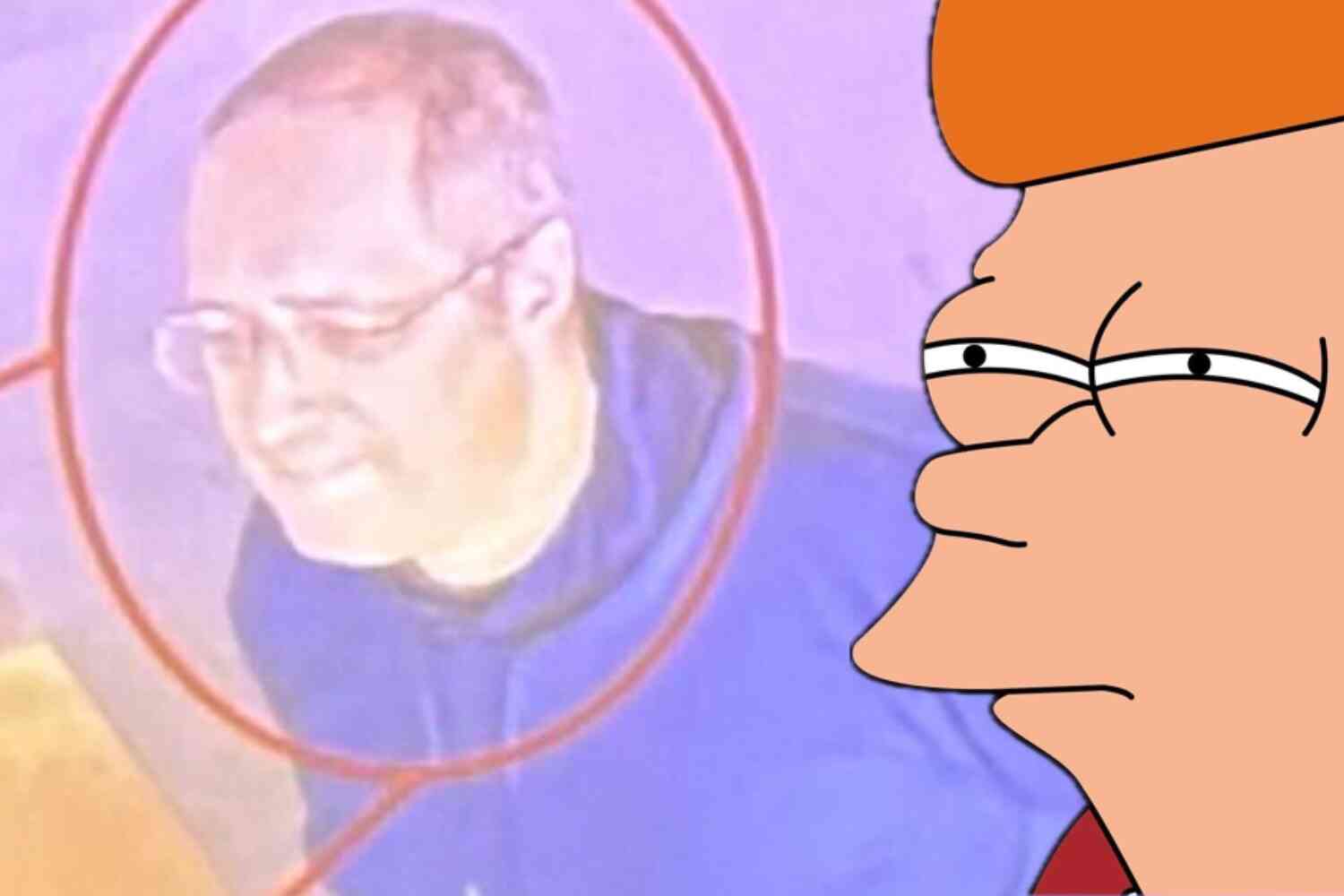I'n not saying the drought in Europe is, you know, catastrophic. What I am saying is: If you visit Europe any time in the near future...be sure to bring plenty of bottled water.
Like the skeleton of an extinct sea monster, the Dolmen of Guadalperal has resurfaced from the depths of the Valdecañas reservoir in western Spain, where Europe's persistent drought has caused water levels to plummet and submerged monuments to come to light. The remnants of this Bronze Age sepulcher, nicknamed the Spanish Stonehenge, are now fully exposed for only the fifth time since the area was deliberately flooded in 1963 as part of a rural development project.
To be sure, this isn't entirely unprecedented; if it's been revealed on average about once every decade since it was flooded, it's not like this year is all that notable. Still, it's not a great sign.
Dolmens themselves, meanwhile, are a fascinating bit of archeological history:
Dolmens were single-chambered tombs that often combined religious ceremony with precise sun sightings. The one that just reappeared in Spain dates to the fourth or fifth millennium B.C., which makes it as much as 2,000 years older than its Celtic cousin on the Salisbury Plain in England.
What remains of the Guadalperal complex is a ring of quartzite, 117 feet in diameter, surrounding 144 jagged granite standing stones, many of which are no longer standing. The stones, or menhirs — some as tall as six feet — buttressed a massive capstone set in a tumulus, or a mound of earth.
How exactly they figured out just what the heck these things were meant for is beyond me.

That looks like a pile of rocks as far as I can tell. Guess that's why I'm not an archeologist!
P.S. Now check out our latest video 👇









